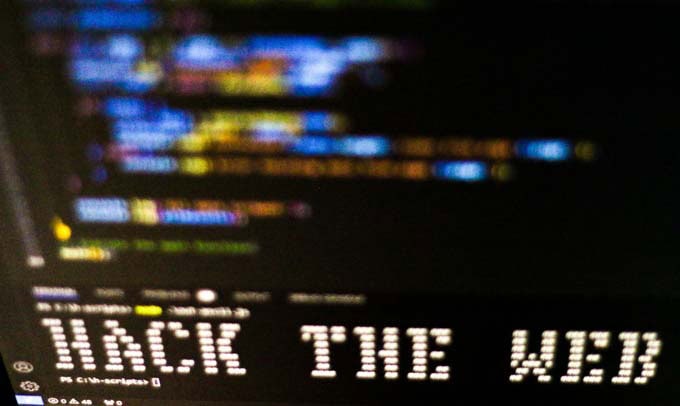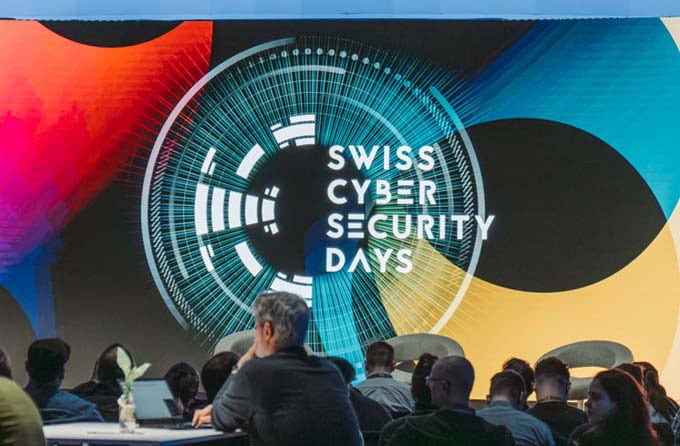Cisco Tech and AI Trends 2025: Better interaction between humans and AI
In 2025, artificial intelligence and cyber security technologies in particular will continue to develop. For Cisco, Liz Centoni, Executive Vice President and Chief Customer Experience Officer, takes a look at six tech and AI trends that are reshaping the interaction between man and machine.

1 AI agents for more personalization and efficiency
Predicting customer needs or recognizing and automatically solving potential problems in the company network: in 2025, AI will go from being a tool to an assistant. This is because instead of working reactively with user input, rules or data sets, agent-based AI works proactively. It continuously learns from ongoing processes and makes decisions with little or no human interaction. AI agents will soon be able to work together to map complex workflows and automate advanced business functions. For companies, this development means greater efficiency. However, it requires binding ethical guidelines to ensure fairness and transparency and to protect intellectual property.
2 AI-supported humanoids lead to new dynamics in the workplace
Humanoid, human-like robots with AI functions will be part of the workforce in our own companies as early as 2025. This will also result in new workplace dynamics: companies must ensure that their connectivity has low latency and sufficient throughput, for example. This is because the performance of humanoids depends on how well they can process and analyze data in real time. At the same time, companies must protect humanoids from cyberattacks and manipulation of their software and commands. Managers should also allay human employees' fears of losing their jobs.
3 AI increases the requirements for infrastructure and data provision
AI promises innovation. However, the further the development progresses, the higher the hurdles become: For example, the Cisco AI Readiness Index shows that only five percent of companies in Switzerland are able to exploit the full potential of AI-supported technologies. Strategic partners are needed to identify and prioritize AI use cases, train teams and modernize infrastructures. IT teams are challenged more than ever to optimize the management, hygiene, tagging and organization of data that is currently spread across multiple systems and locations.
4. new cyber threats and improved security through AI
In 2025, companies will need to improve their security measures to cope with new types of cyber attacks. These include Promt injection attacks that masquerade as legitimate user input in generative AI systems. With the advent of quantum computers, companies should also begin to introduce quantum-resistant security protocols to protect sensitive data. At the same time, social engineering and supply chain attacks are likely to increase due to increasing networking. Here again, AI can support human security teams, strengthen the network as a central defense system and consistently enforce policies.
5 AI reduces network outages
The continuous availability of the IT network is becoming increasingly important for customer satisfaction and operational efficiency. The use of AI is promising to avoid manual misconfigurations and ensure uninterrupted operation. Intelligent tools can run automated workflows throughout the network lifecycle and provide traceability for every action. They revolutionize network management and assurance by learning from configurations and performing benchmarks.
6 AI requires new solutions for sustainability
AI consumes a lot of energy. In 2025, companies will therefore increasingly be looking for partners to realize their net-zero commitments and sustainability goals. However, AI can also play a decisive role in unlocking new potential in terms of energy savings: software-defined network technologies can be combined with an electrical energy system consisting of direct current microgrids (DC microgrids). This enables improved transparency of emissions as well as a platform for optimizing energy consumption, distribution and storage.
Source: www.cisco.com









